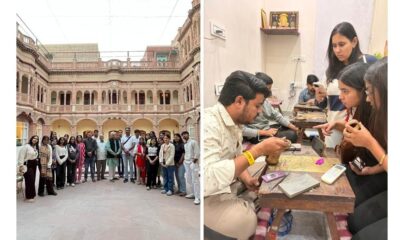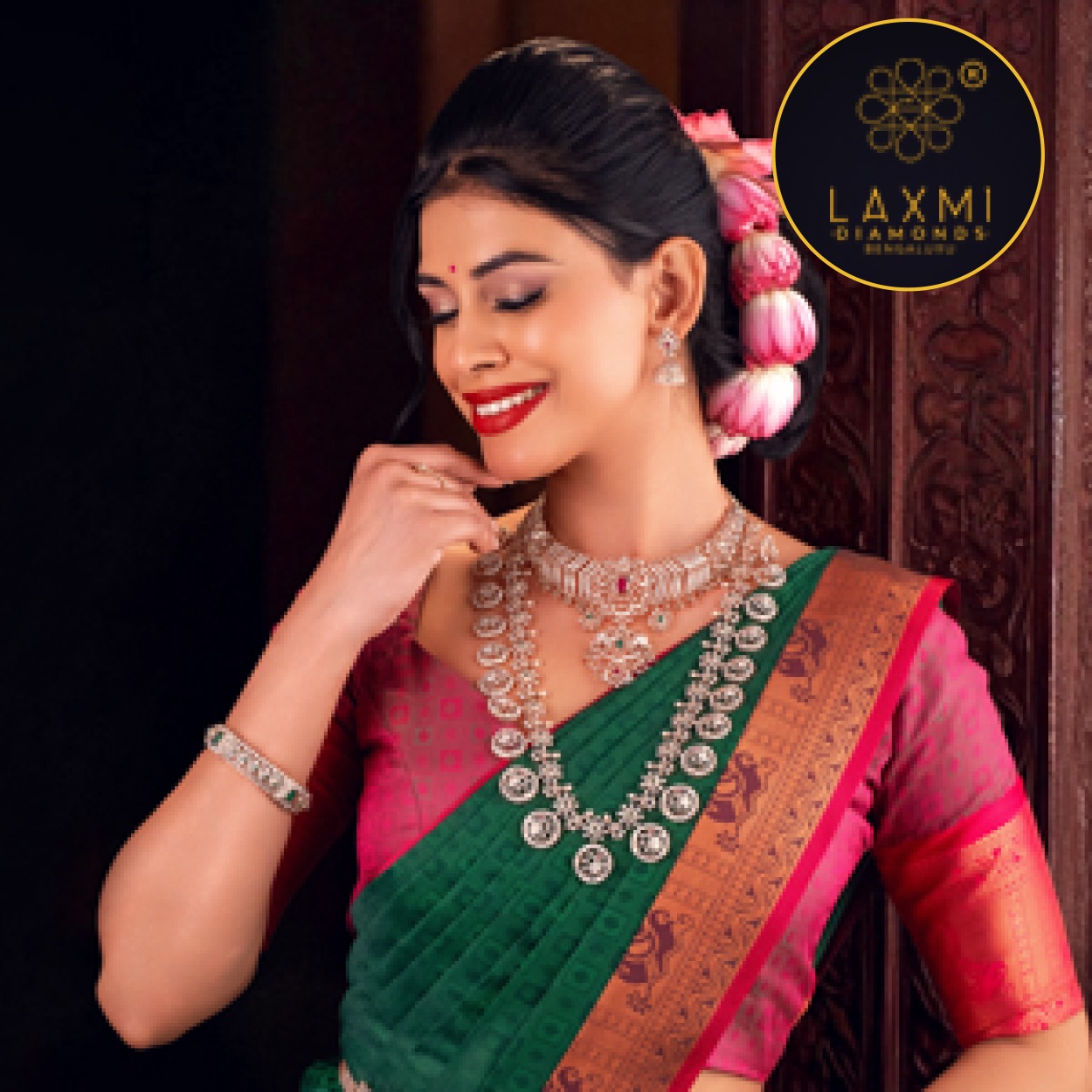TechBuzz
Groundbreaking Collection Highlights Possibilities for 3D-Printed Platinum Jewellery Design
Platinum Guild International Leads Efforts to Expand PlatinumŌĆÖs Production Capabilities Using 3D Printing Technology with T├╣saire Collection by Maeve Gillies
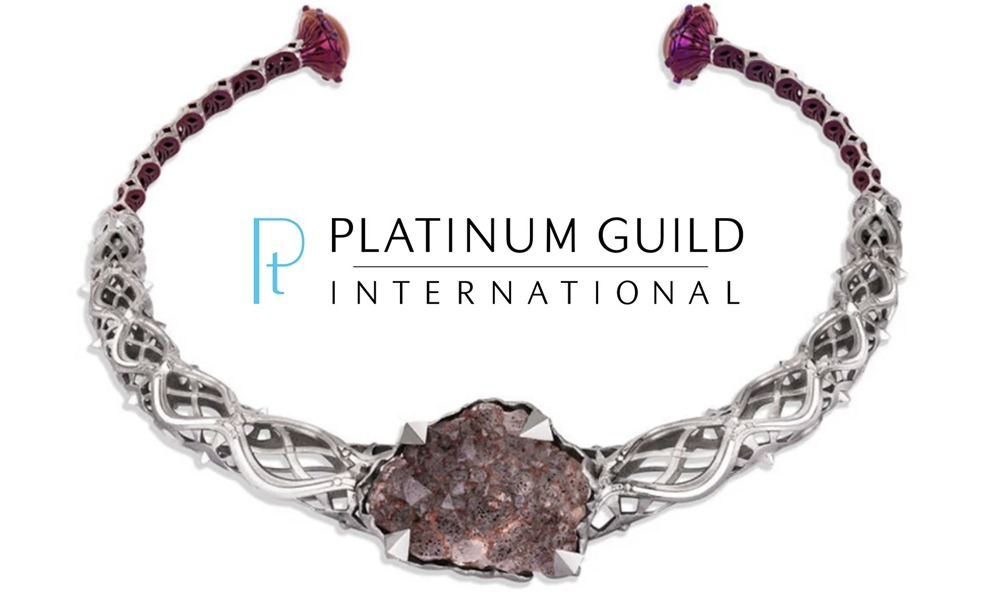
Platinum Guild International (PGI) continues to champion technological advancements in platinum jewellery design and fabrication with a ground-breaking development in 3D printing. The innovative T├╣saire collection, created by Scottish-American jewellery designer Maeve Gillies using 3D printing technology, is the first platinum-based collection of its kind to be launched commercially.
The T├╣saire Collection is named after the Scottish Gaelic word for ŌĆ£pioneerŌĆØ and features jewellery made from platinum and titanium, including necklaces, bracelets, earrings, and rings that highlight the potential of 3D printed platinum in the realm of jewellery design and fabrication.

While sharing this latest development in the platinum jewellery market at ORIGINALLUXURYŌĆÖs 5th┬ĀRoundtable event in Geneva in May 2025, which brought together 150 luxury, technology and finance stakeholders, PGIŌĆÖs CEO Tim Schlick explained, ŌĆ£We needed to put 3D printing of platinum to the test, to identify the advantages and challenges, in the hope of expediting the technologyŌĆÖs application in making precious jewellery and its ability to create novel designs and experiences. There is no doubt additive manufacturing will be very important for the future of jewellery as it unlocks so many new possibilities.ŌĆØ
While 3D printing was already an established technology for jewellery production, the launch of the T├╣saire collection beautifully demonstrates the decorative, scale and structural potential for 3D printed platinum jewellery. For example, the 3D printing and precious metal powder technology used have enabled the crafting of intricate, unique shapes that would be impossible to achieve otherwise, such as lattices, hollow structures and detailed textures. As Mr. Schlick noted during the workshop, ŌĆ£We are just beginning to understand how platinum can create new emotional and practical value in 3D printing, not only through how it looks, but how it is made, owned, and experienced.ŌĆØ
ŌĆ£This moment marks a pivotal opportunity for platinum to redefine its role in luxury through creativity, cross-sector collaboration, and future-ready innovation,ŌĆØ said Margot Stuart, co-founder of ORIGINALLUXURY and OriginAll S.A..


┬ĀŌĆ£As most of my work is in diamond bridal jewellery fabrication, I learned through experience that platinum is the ideal bridal metal due to its strength, resilience, and suitability for diamond design innovation. For this 3D-printed jewellery collection, my knowledge of platinum was invaluable in allowing me to design new solutions with the printing technology, helping to transform platinum into new jewellery looks and categories,ŌĆØ said Gillies about her experience designing and developing the 3D-printed jewellery.
The direct metal printing of the platinum pieces was completed by the Italian-based company ProGold, which utilises metal laser powder bed fusion and other technologies to develop and produce parts from precious metals for a range of industries.
ŌĆ£Due to platinum’s high tenacity, strength and high melting temperature, it enables the highest quality of structural integrity with precise heat control. Its good light absorption and low reflectivity also make platinum a comparatively energy-efficient metal for printing with lasers.” ┬ĀTai Wong, Director of Innovations and Product Development at PGI shares. ŌĆ£PlatinumŌĆÖs metal attributes are superior for processes like laser powder bed fusion, and we found the best of platinumŌĆÖs strength and shine are optimised by direct metal printing.ŌĆØ

The technology catapults platinum into new types of jewellery by enabling the creation of larger silhouettes that were previously impossible because platinum is traditionally a heavier, denser, and more expensive metal. However, platinum is currently highly desirable, partly because its price makes it more affordable than gold.
ŌĆ£This is such an interesting time in the industry because technologies are coming in thick and fast. At the same time, craft has never been more important for people to preserve and understand the process and the possibilities of new materials and new ways of expressing and pushing more towards what platinum can do,ŌĆØ added Ms. Gillies.
TechBuzz
Machine learning is reshaping jewellery retail

Machine learning (ML) is reshaping jewellery retail by making operations smarter, more efficient, and customer-focused. By analyzing large volumes of data, ML helps retailers better understand customer preferences, predict buying behavior, optimize inventory, and improve marketing and sales outcomes.ŌĆŗ
Key Ways ML Transforms Jewellery Retail
- Customer Analytics and Personalization:┬ĀML models analyze customer data such as browsing habits, purchase history, and demographics to predict preferences and provide personalized product recommendations, enhancing the customer experience and increasing conversion rates.ŌĆŗ
- Demand Forecasting:┬ĀBy examining historical sales data along with external factors like seasonal trends, festivals, and fashion cycles, ML can predict which products will be in demand, helping retailers optimize stock levels and reduce overstock or understock situations.ŌĆŗ
- Targeted Marketing:┬ĀML enables retailers to segment customers and create highly targeted marketing campaigns, which improves engagement and return on investment for promotions.ŌĆŗ

- Pricing Optimization:┬ĀAlgorithms analyze market demand, competitor prices, and sales data to recommend optimal pricing strategies that maximize margins and respond swiftly to market changes.ŌĆŗ
- Quality Control and Counterfeit Detection:┬ĀAdvanced ML techniques, including computer vision, are used for automated inspection of jewellery quality, grading stones, and detecting counterfeit productsŌĆöimproving consistency and trust in the brand.ŌĆŗ
- Enhanced Inventory Management:┬ĀML predicts restocking needs and automates parts of the supply chain, ensuring products are available when and where they are most needed, thus lowering operational costs and increasing responsiveness to demand.ŌĆŗ
Business Impact
Implementing machine learning helps jewellers:
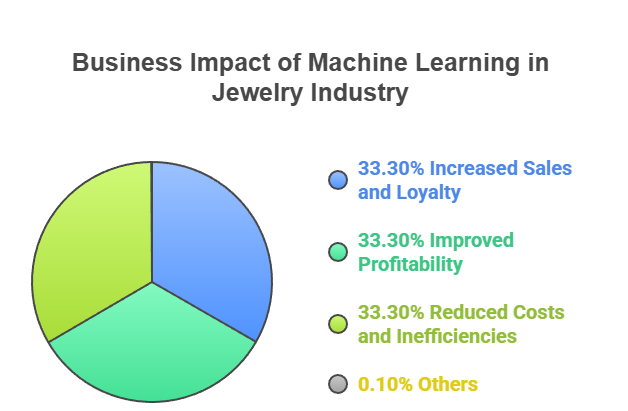
- Increase sales and customer loyalty through customization and better service.ŌĆŗ
- Improve profitability via accurate demand forecasts and dynamic pricing.ŌĆŗ
- Reduce costs and operational inefficiencies, particularly in inventory and supply chain management.ŌĆŗ
Implementation Challenges
Successful adoption of ML requires good data infrastructure, investment in technology and training, and a willingness to shift toward data-driven decision-making. Retailers also need to pay attention to privacy, data ethics, and evolving regulations in customer data management.ŌĆŗ
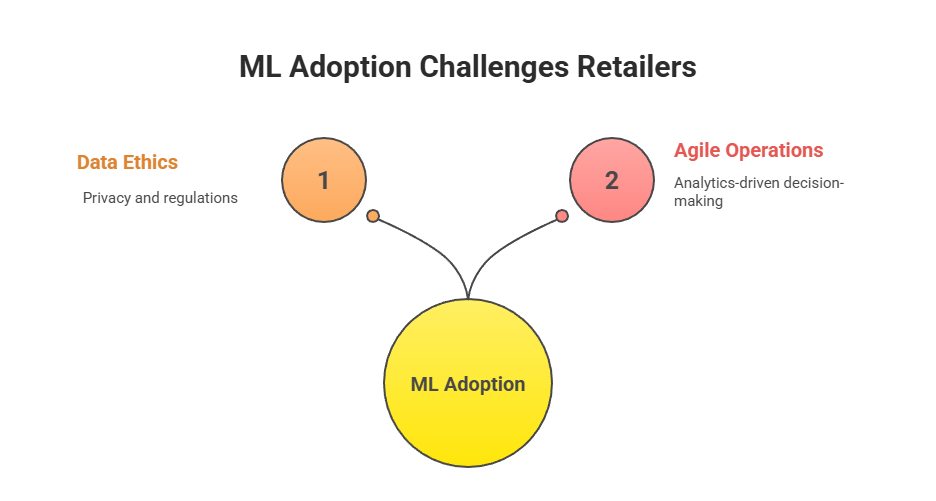
In summary, machine learning enables jewellery retailers to move from intuition-based management to analytics-driven operations, making them more agile and competitive in todayŌĆÖs dynamic market.ŌĆŗ
-

 BrandBuzz2 weeks ago
BrandBuzz2 weeks agoIndriya unveils Rajashree, the Bridal Collection of Maharashtra
-

 BrandBuzz1 hour ago
BrandBuzz1 hour agoDivine SolitairesŌĆÖ new wedding campaign ŌĆśEvery Promise MattersŌĆÖ unveils elegant diamond Mangal Sutras and their emotions
-

 BrandBuzz3 hours ago
BrandBuzz3 hours agoCartierŌĆÖs Iconic Panther Leaps Into the Holidays with a Cute New Tale
-

 International News3 hours ago
International News3 hours agoElevated rate cut expectation boosts precious metal prices AUGMONT BULLION REPORT




